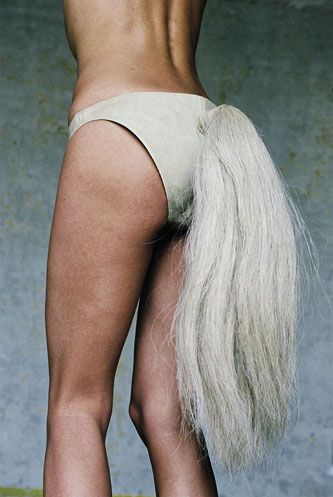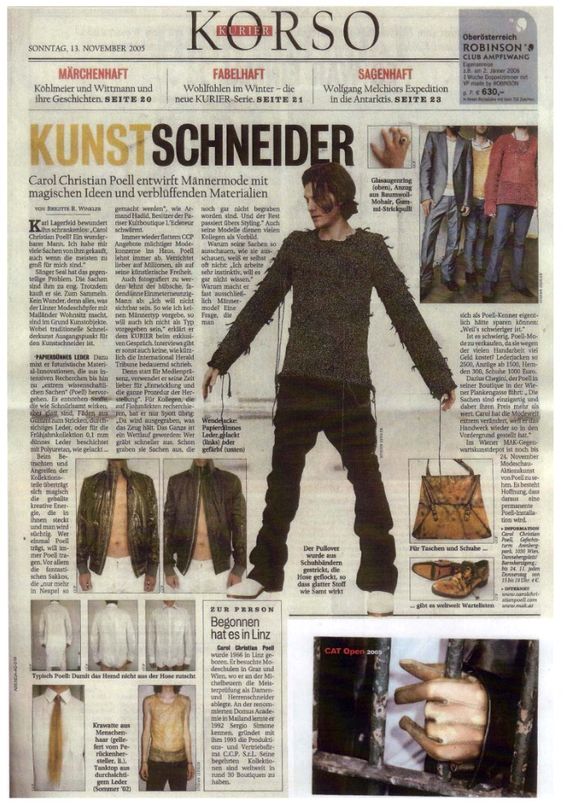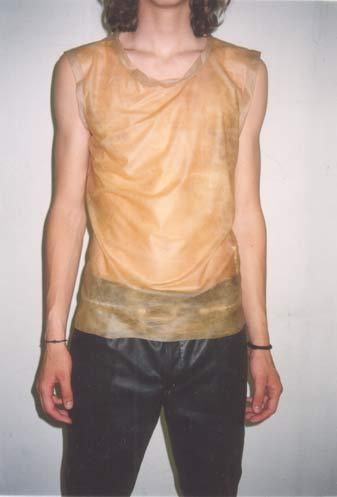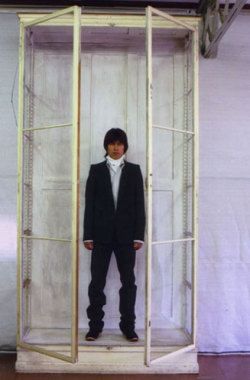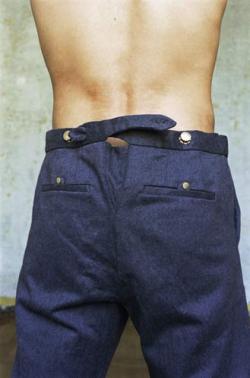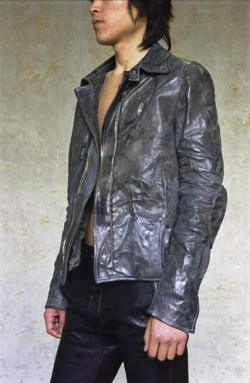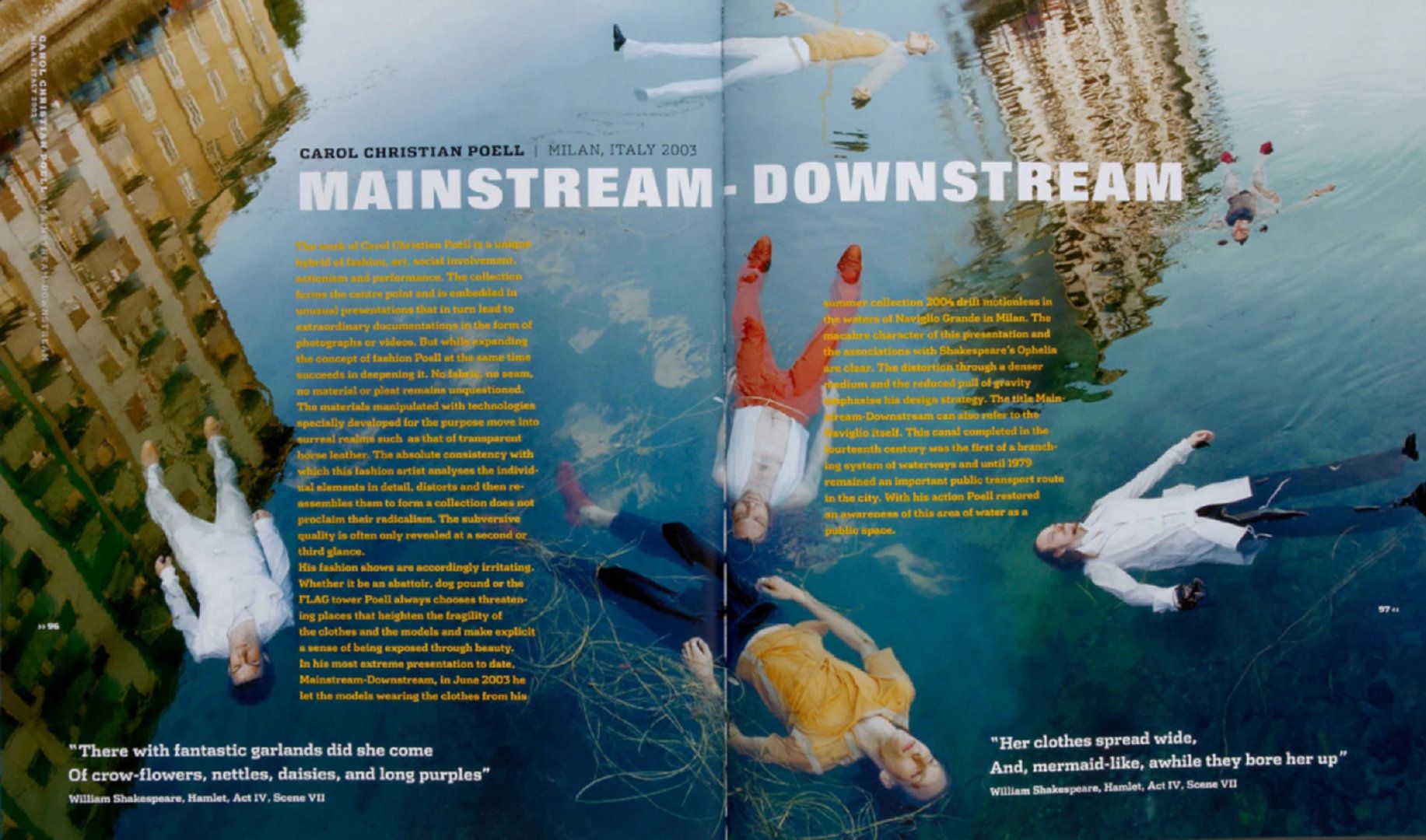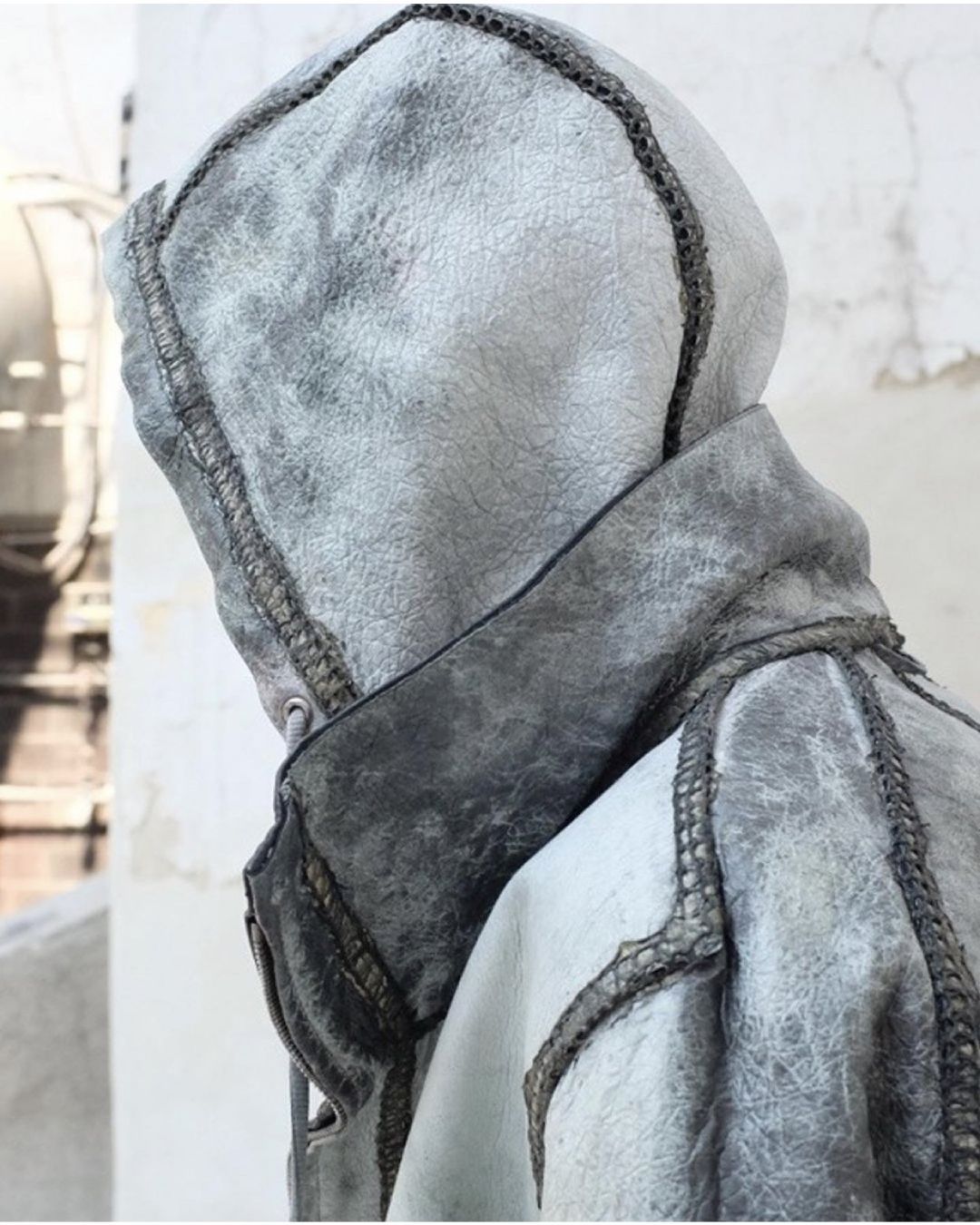
Everything you need to know about Carol Christian Poell The Austrian designer who uses real hair, teeth and bones for his creations
Extreme experimentation and craftsmanship may seem two very distant realities, based on innovation and tradition respectively. If, however, we refer to one designer in particular who stood out for his unique experimentalism in the 1990s, this distance becomes much shorter: that designer is Carol Christian Poell. Much of the Austrian creative's life is shrouded in mystery, as very little information is available about him, which greatly increases his fascination, should his multifaceted creativity not be enough for the purpose. His family owned a leather goods company, which played a crucial role in Poell's training, making him an expert in treating leather in the traditional way, so that he could experiment with surgical skills. And indeed, all the distortions and manipulations he will apply to this material throughout his career are precisely related to his great expertise on the subject.
drip leather by carol christian poell pic.twitter.com/Ivl1g4UZSC
— (@northstardoll) December 9, 2022
After studying first in Graz, then Vienna and finally Milan, in 1995 he met Sergio Simone with whom he founded his brand CCP. From this moment on, his avant-garde and radical fashion could fully manifest itself, developed on the concept of material and its constant transformation. Even though these are ready-to-wear collections, the precision of every detail, as well as the perfection of the cuts and seams, surgical in fact, refer to a haute couture approach through which he offers his personal vision of a vitalism in the making, something that is constantly forming and almost seems to pulsate from within. The reference to neo-poverty, as an evolution of Arte Povera, is a fixed point in Poell's work, which often, implicitly or more explicitly, seems to cite the works of Damien Hirst and his decomposition and recomposition, as demonstrated by the artist's famous animals divided into sections and blocks.
But Poell's work is a continuous combination of avant-garde innovation on the one hand and the choice of more canonical traditional techniques on the other. A demonstration of this can be seen in the immoderate use, in a large part of his collections, of sartorial elements that define an important portion of his style and aesthetics, in fact representing the main starting point for his reworkings and renovations. The garments are processed through a reinterpretation that seems to be always in fieri, almost alive in fact, like a sort of constant genetic mutation. An example? The gloves with three fingers and claws or the sneakers covered in resin dripping from the soles. But the confirmation of this are above all the treatments he reserves for leather, Poell's favourite material, which is worked with obvious stitching, abrasions and scars that emphasise both the transitory effect and vitalism; and also the use of real hair for the creation of ties, as well as teeth and bones - all real - set into bracelets and earrings. Particularly well known is also the use of real blood for dyeing leather, again with the aim of recreating this state somewhere between life and death, in constant evolution. Even death, in fact, according to the creative person, contains vitality that leads to transformation, which is what happens with decomposition. Therefore, it is certainly not surprising that one of his best-known presentations took place inside a morgue, on models lying down to recreate the deathly atmosphere, complete with the diffusion of the stench typical of the decomposition of a corpse.
This type of aesthetic and conceptual extremism is intended to stimulate a reaction against the idea of canonical beauty and everything that commonly falls into this category without any real reason other than that linked to commonplaces and preconceptions. As further proof of this, the presentation of the SS 2004 collection entitled Mainstream-Downstream deserves a final mention, representing a moment that has passed into fashion history: all the garments were worn by models who, like dead bodies, let themselves be carried along by the current of Milan's Naviglio Grande, recalling John Everett Millais' Ophelia. Currently the designer, who has certainly distinguished himself for his niche accessories, lives a moment of suspension from fashion, it is said devoting himself only to made-to-measure, as can also be deduced from his website in which a grille with two dentures set inside stands out as the only page, conceptual and extreme as ever.










































